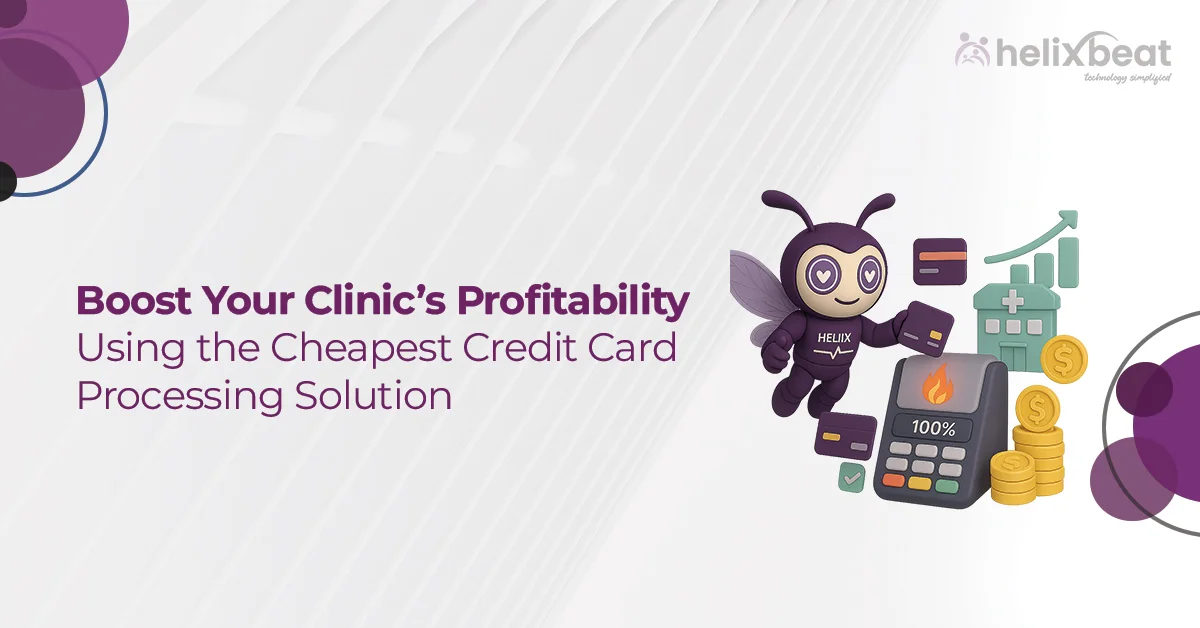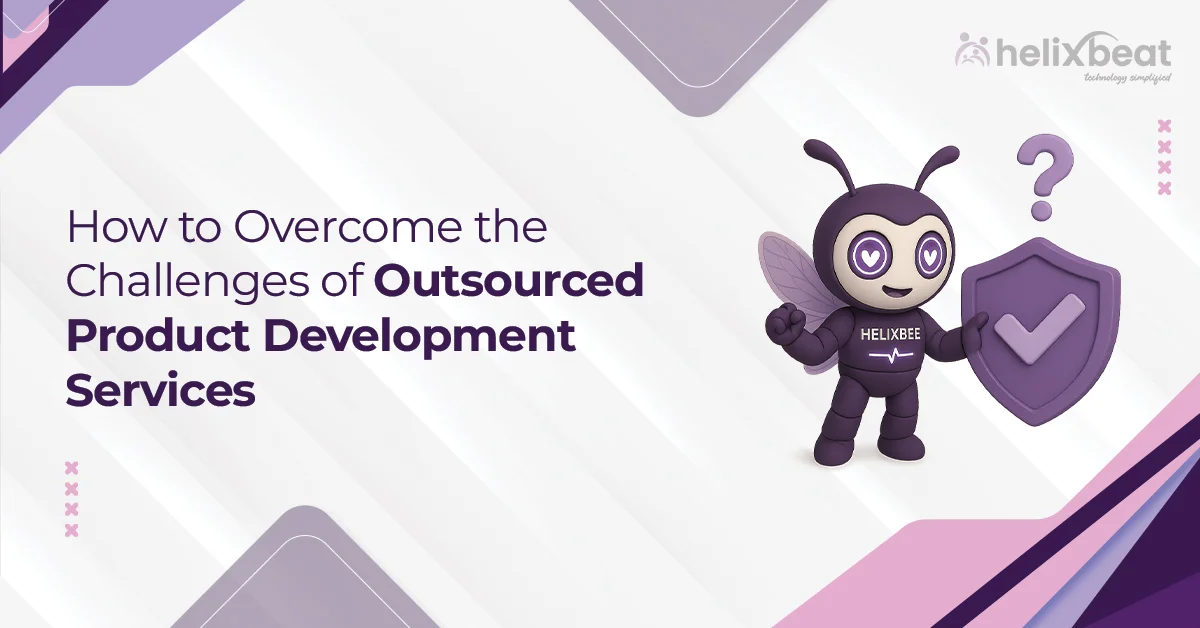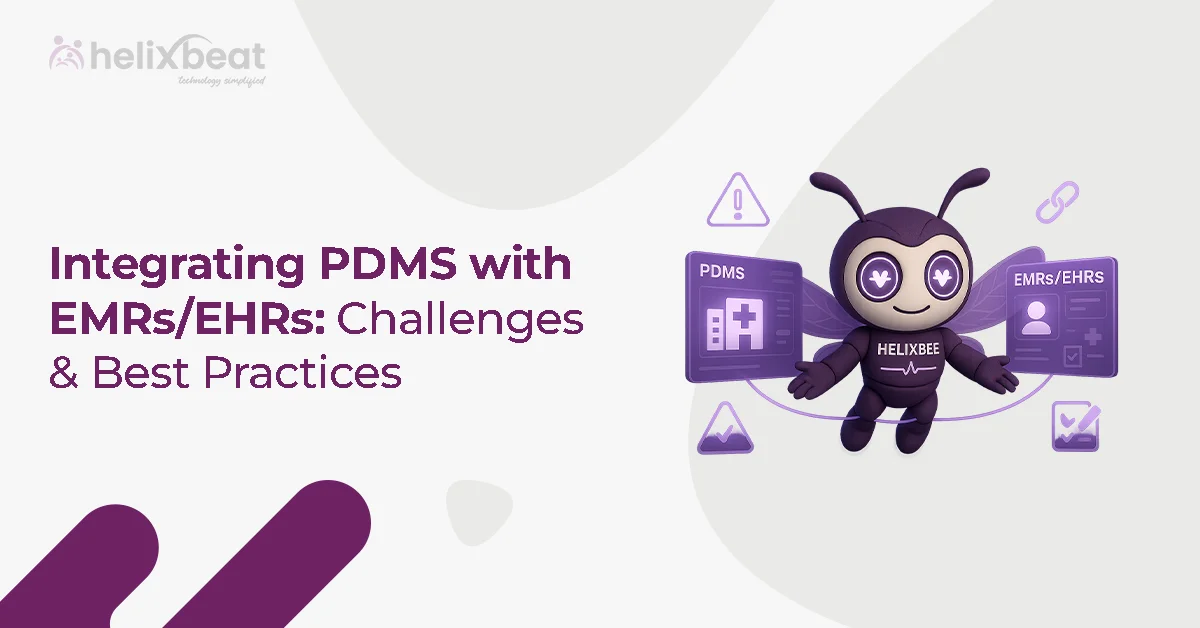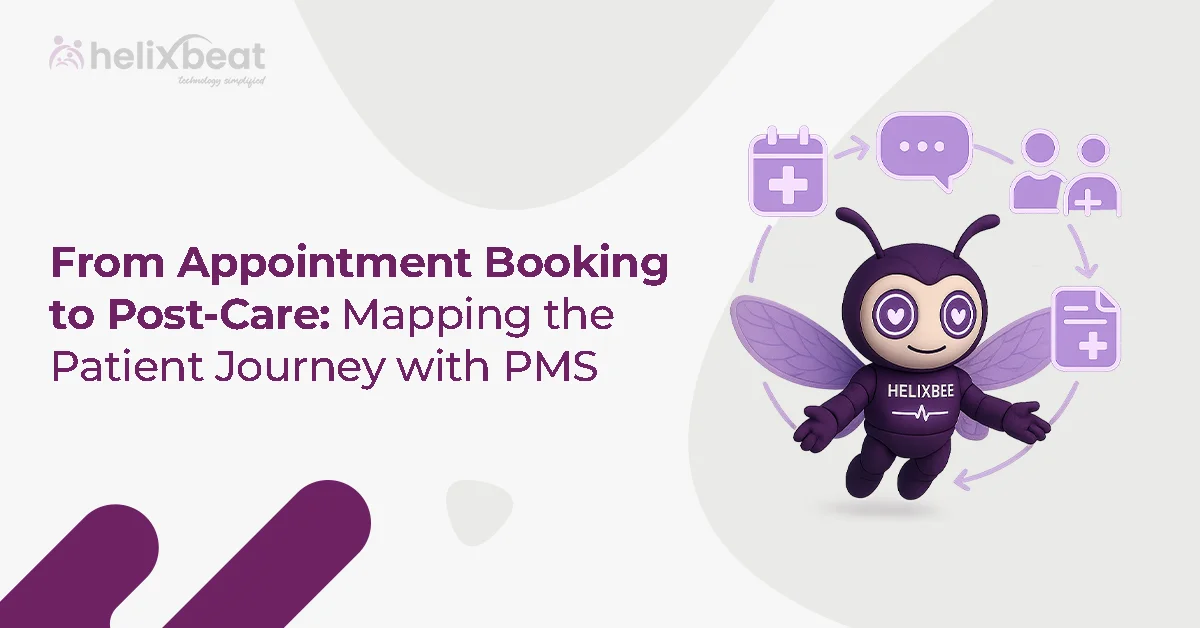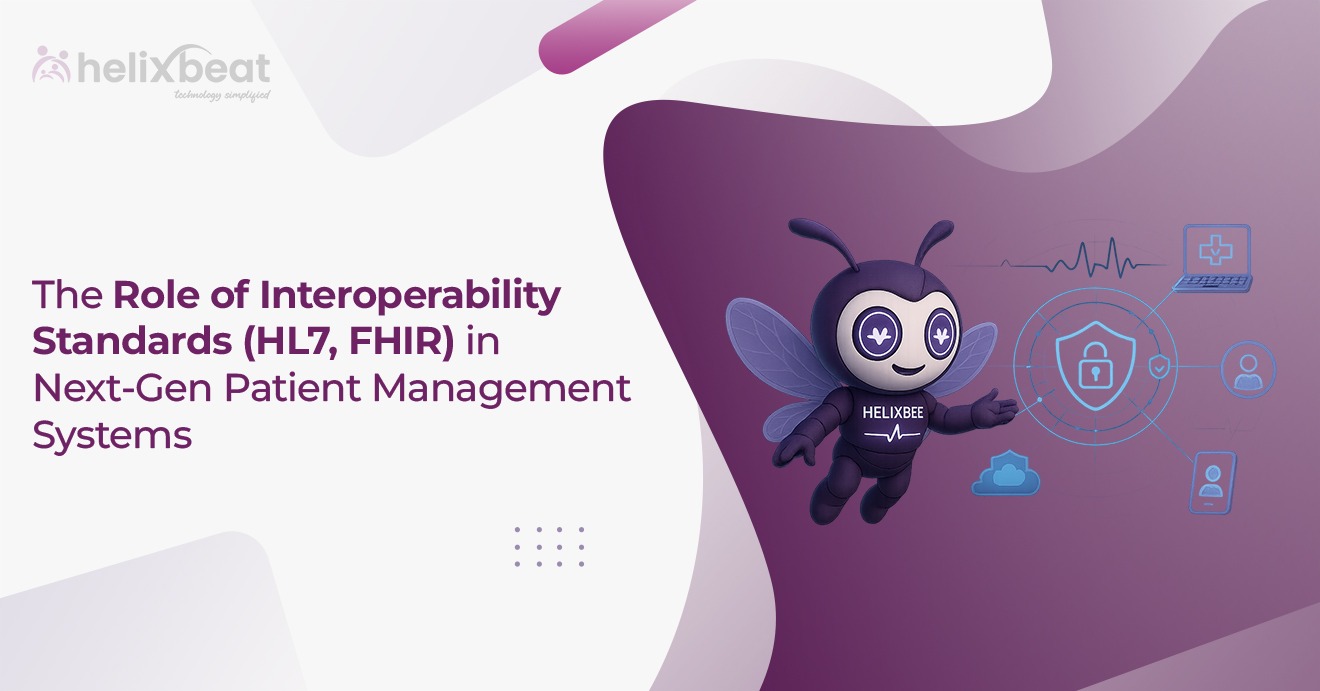Nowadays, software needs to be perfect. Even a small bug or security problem can break customer trust and harm a brand’s reputation. A study by Gartner shows that 84% of customers won’t return to a company after a bad experience, highlighting the importance of delivering high-quality software.
Product QA Testing ensures that your software works smoothly and securely. It includes methods such as automated testing, performance checks, and security tests to identify problems before they reach users.
By using Product Quality assurance services early in development, companies can find and fix issues early, saving time and money later.
Here, we’ll explain how QA testing companies help developers prevent issues, improve software quality, and build trust with customers.

Table of Contents
What is the Need for Product QA Testing?
Product QA Testing is essential to ensure that software works as expected and provides a smooth experience for users. Without it, software can be full of bugs, crashes, and security issues that harm the user experience and damage a brand’s reputation.
Here’s why QA testing is important:
1. Identifying Bugs Early
By testing software throughout the development process, developers can find and fix issues early, before they reach the users. This saves time and money compared to fixing bugs after launch.
For example, a mobile app with a bug that causes it to crash frequently can frustrate users and lead to poor reviews. Fixing this early in the development process prevents that frustration.
2. Smooth Functionality
QA testing ensures that every feature of the software works as intended. This includes checking how buttons, links, and interactive elements behave across different devices and platforms.
Think of an e-commerce website where the “Add to Cart” button is not working. QA testing would catch this issue before users face it, leading to better customer satisfaction.
3. Improving Security
Security is a top concern for users, especially when handling sensitive data. QA testing includes security testing, which helps prevent vulnerabilities that could be exploited by hackers.
A well-tested app will ensure that user data remains safe, reducing the risk of data breaches and building trust.
4. Meet User Experience
QA testing ensures that the software is easy to use and performs well. It checks for speed, responsiveness, and any issues that might disrupt the user’s interaction with the software.
For example, slow-loading pages on a website can drive customers away. QA testing helps find and address such issues, leading to a better user experience.
By investing in Product QA Testing, you can release software that is reliable, secure, and easy to use, ultimately building trust with your users and maintaining a positive brand image.
How Testing Your Product Right Earns Customer Trust
Effective Product QA Testing is critical in building customer trust by ensuring that software performs reliably, securely, and efficiently. Here’s how:
1. Consistent Performance Across Devices
QA testing ensures your product works smoothly on all platforms. For example, an app that crashes on certain devices could frustrate users, but thorough cross-platform testing ensures a consistent experience for everyone.
A Google study found that 53% of mobile users abandon a site if it takes longer than 3 seconds to load.
2. Identifying and Fixing Vulnerabilities
Security flaws can damage trust. QA testing identifies vulnerabilities early, ensuring data protection and preventing breaches, which builds customer confidence in your product.
According to Verizon’s 2021 Data Breach Investigations Report, 85% of data breaches involve a human element, many of which can be detected through proper QA testing.
3. Optimizing Speed and Efficiency
Performance testing ensures your software is fast and responsive, even under heavy usage. For instance, a slow-loading website can drive users away, but QA testing ensures optimal speed, enhancing user experience.
Aberdeen Group reports that a 1-second delay in website load time can result in a 7% reduction in conversions.
4. Ensuring Usability
Usability testing ensures the software is easy to navigate. A complicated user interface can frustrate users, but testing makes sure the product is intuitive and user-friendly.
Forrester found that every $1 invested in UX returns $100 in ROI, showing the importance of user-friendly designs.
5. Proactive Bug Prevention
By identifying bugs early, QA testing prevents customer frustration and maintains product reliability, demonstrating your commitment to quality.
IEEE states that the cost to fix a defect found during production is 6 times higher than during the design phase.
6. Transparency and Accountability
Communicating your rigorous testing process to users shows that you’re committed to delivering a high-quality, secure product, fostering trust.
A PwC report found that 69% of consumers are willing to pay a premium for brands that demonstrate transparency.
In summary, QA testing helps create a reliable, secure, and user-friendly product, leading to stronger customer trust and satisfaction.
What Happens If You Skip the Product Testing Process
If you skip the product testing process, including product QA testing, it can result in hidden bugs, security problems, and a bad user experience, which could hurt your brand and lose customer trust.
1. Damage to Brand Reputation
Not testing your product can lead to unhappy customers and bad reviews, damaging your brand’s reputation.
2. It’ll Cost You More in the Long Run
Fixing issues after launch is way more expensive than catching them early in development. You’ll end up spending more time and money.
3. Security Could Be Compromised
Without proper testing, your product could have security flaws, putting sensitive data at risk and losing customer trust.
4. Users Will Get Frustrated
Crashes and bugs will only frustrate your users, causing them to abandon your product and possibly never return.
5. You Might Break the Rules
Skipping tests for legal and compliance requirements can lead to serious fines or legal trouble, especially in regulated industries.
Benefits of End-to-End Product Quality Assurance Services
End-to-end product QA testing ensures that every stage of your product’s development is thoroughly tested, from start to finish, resulting in a more reliable, secure, and user-friendly final product.
1. Comprehensive Coverage of All Product Stages: End-to-end QA ensures testing from initial development to post-launch, identifying issues early and preventing defects that could impact the user experience later.
2. Seamless Integration with Development Workflow: QA services are integrated into the development process, ensuring that testing happens continuously, without delays, and without disrupting the flow of production.
3. Faster Time-to-Market: By catching issues early and automating repetitive tests, end-to-end QA speeds up the development cycle, allowing products to be released faster without compromising quality.
4. Improved Collaboration Between Teams: End-to-end QA brings developers, testers, and product managers together, fostering better communication and ensuring that quality standards are met throughout the entire lifecycle.
5. Reduced Risk of Post-Launch Failures: With thorough testing at every stage, the likelihood of product failures, security breaches, or performance issues after launch is greatly minimized, resulting in a more stable, trusted product.
5 Tips to Choose the Best QA Testing Partner
Choose a QA testing partner that specializes in product QA testing to make sure they have the right skills and tools to test your product and ensure its quality thoroughly.
1. Look for Industry-Specific Experience
Choose a QA testing partner with experience in your industry. Whether it’s healthcare, finance, or e-commerce, having domain expertise ensures they understand the unique challenges and requirements of your product.
2. Check for Comprehensive Testing Services
Make sure your partner offers a wide range of testing services, like functional, security, performance, and usability testing. This guarantees that every aspect of your product is thoroughly vetted.
3. Evaluate Their Use of Automation
A great QA testing partner should leverage automation tools to improve efficiency, especially for repetitive tasks. Automation helps speed up testing and ensures more consistent results.
4. Assess Communication and Collaboration
Clear and constant communication is key. Your partner should be easy to work with, transparent in reporting, and proactive in addressing issues as they arise during testing.
5. Review Their Track Record and Client Feedback
Look for client testimonials, case studies, or any track record of successful projects. Feedback from previous clients can give you insights into their reliability, quality of work, and how they handle challenges.
Final Thoughts
Selecting the right QA testing partner is crucial for success in a competitive market. By selecting a provider with industry expertise, comprehensive testing services, and a focus on automation, you can avoid costly errors, improve product quality, and build customer trust.
At Helixbeat, we offer Product QA Testing Services designed to integrate seamlessly with your development process, ensuring thorough testing across every stage of your product’s lifecycle.
With our experienced team and advanced tools, we help you launch high-quality, secure, and reliable software that meets user expectations. Book a free consultation with us.
FAQ
1. What is product QA testing?
Product QA testing ensures that a product meets quality standards by identifying bugs, verifying functionality, and checking performance and security. It ensures the product is reliable and user-friendly before release.
2. What is the difference between product testing and QA testing?
Product testing focuses on evaluating a product for defects and improvements. QA testing is a systematic process that ensures the product meets quality standards throughout development, guaranteeing reliability and performance.
3. Role of QA testing company
A QA testing company identifies product defects, ensures functionality, and conducts various tests like security, performance, and usability. They ensure products meet quality standards, leading to better customer satisfaction.
4. Why are Product Quality Assurance services important?
QA services ensure the product works as intended, preventing bugs and security issues. They improve user experience, reduce risk, and build customer trust, safeguarding the brand’s reputation and market success.
5. What are the two types of product testing?
The two types of product testing are Functional Testing, which checks if features work as expected, and Non-Functional Testing, which evaluates performance, security, and usability under varying conditions.



